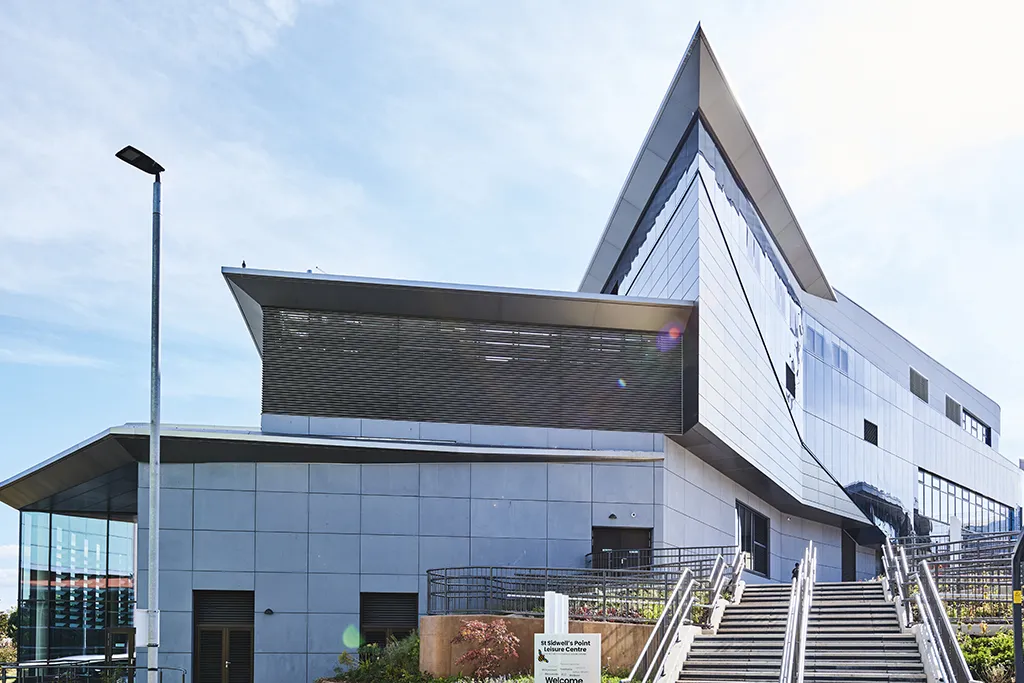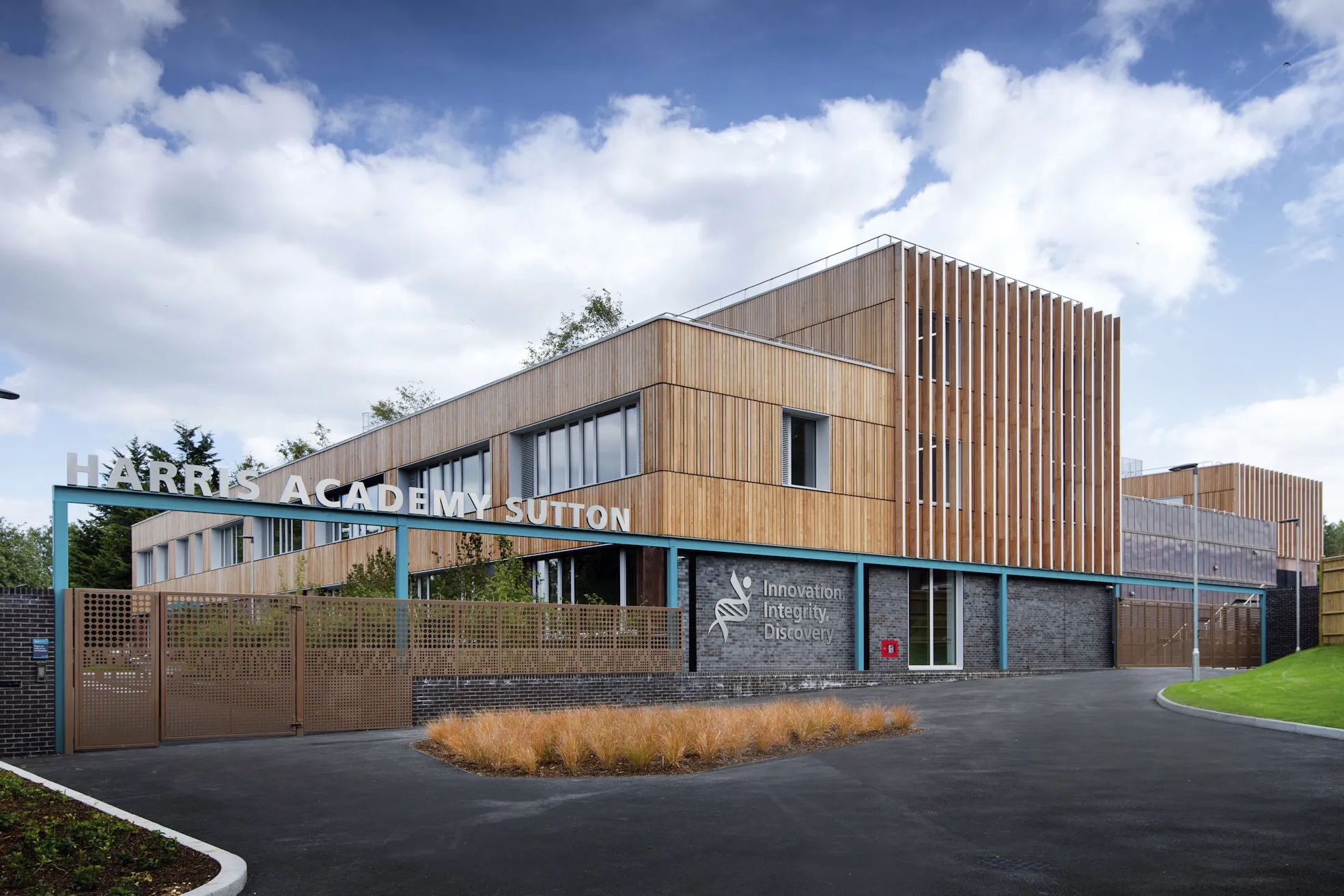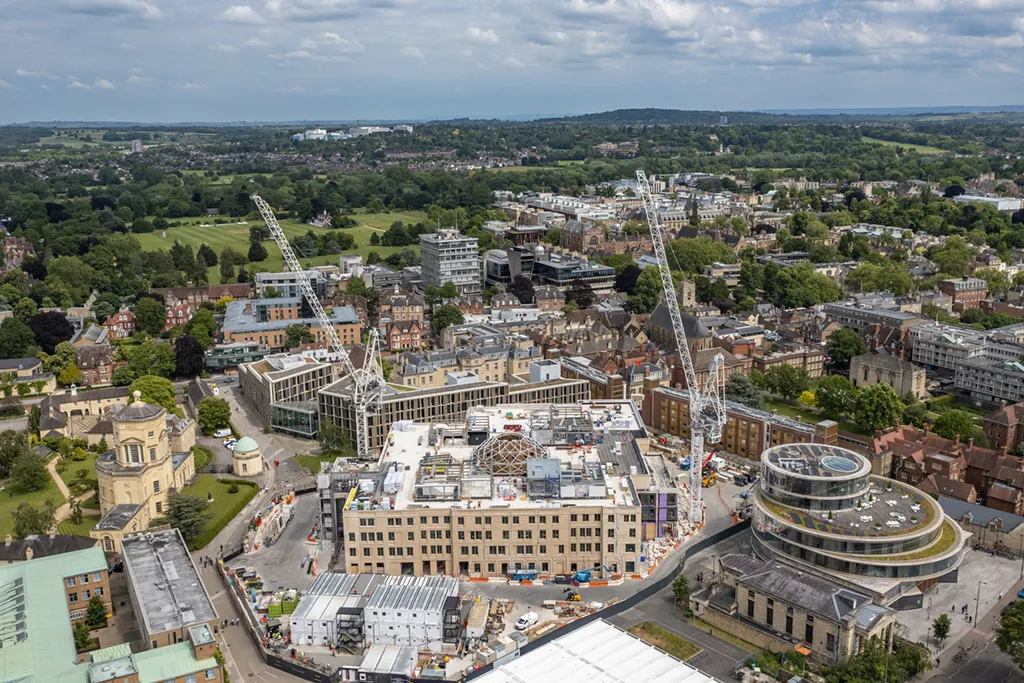Make Money Online
Building to Passivhaus standards makes more sense than ever, whatever the building type. But it requires next-level attention to detail. By Kristina Smith
As research and policy director at the UK Passivhaus Trust, it seems reasonable to assume that Sarah Lewis is a Passivhaus champion. She is also extremely well informed about the many different types of building that have been delivered to the Passivhaus standard. Once only applied to individual homes or small-scale housing developments, Passivhaus is now a possibility for a whole range of buildings: schools, universities, leisure centres, multi-storey schemes – even archives and museums. And in a world of rising energy costs and ambitious net-zero targets, Passivhaus standards make more sense than ever. “I have yet to be shown a building that does not work with Passivhaus,” Lewis says.
“I have yet to be shown a building that does not work with Passivhaus”
Sarah Lewis, UK Passivhaus Trust
However, compared with a standard build, delivering a Passivhaus scheme requires an altogether more thorough approach at every stage of a project. Construction details and product specifications have to be designed carefully and approved before work starts on site – and then built exactly as designed. “The skills to build to Passivhaus standards do exist, but what’s needed is the right mindset and the awareness of why you are doing it,” says Steve Holland, Laing O’Rourke project director for the Stephen A Schwarzman Centre for Humanities at Oxford University, one of the UK’s current flagship Passivhaus projects (see box, below). “Passivhaus requires that next level of finesse; understanding that very simple things can make a massive difference when you add them all together.”
From self-build to tall buildings
Passivhaus originated in Germany in the early 1990s. Widely used in Germany and Scandinavia, it is now applied in several countries around the world, including the US, EU countries and China. The first Passivhaus project in the UK – a self-build home in Wales built by John Williamson Construction – was certified in 2009.
In simple terms, a building designed to Passivhaus standards is super-insulated with triple-glazed windows and high levels of air tightness so that it requires little or no energy for heating. Instead, it relies on solar gain and heat from the bodies and equipment inside it. Passivhaus is also about user comfort, aiming to provide constant internal temperatures and good air quality. Mechanical ventilation and heat recovery provides fresh air while recovering heat to warm up the air coming into the building during winter months.

St Sidwell’s Point in Exeter, built by Kier, was the world’s first Passivhaus-certified leisure centre
The application of the Passivhaus standard in the UK has spread from self-build and one-off homes to other building types. In 2012, Oak Meadow Primary School and Bushbury Hill Primary School in Wolverhampton, built by Thomas Vale Construction, and Montgomery Primary School in Exeter, built by Bam Construction, became the first UK schools to be certified to Passivhaus standard.
Fast forward to 2025 and Lewis highlights Scotland’s Schools for the Future Programme, where an innovative funding mechanism linked to outcomes including energy efficiency has triggered a wave of Passivhaus schools. With an energy performance target of 67kWh per square metre per year, funding is paid back to local authorities if they meet this and other outcomes. This has made Passivhaus an attractive option. “To derisk the project, clients and contracting teams were looking at how buildings were performing and seeing that was a big performance gap, so delivering to Passivhaus was seen as a low-risk solution to guarantee funding,” explains Lewis. “There are around 35 schools in Scotland, at various stages, aiming for Passivhaus certification.”
“If the insulation joint needs to be very tightly connected to within 3mm of accuracy, then that’s how it has to be installed”
Owain Dobson, Crown House Technologies
More recently, Passivhaus has been applied to leisure centres – a more demanding building type due to the variety of different zones requiring different temperatures and humidity levels. The first leisure centre in the world to be built to the standard was St Sidwell’s Point in Exeter, which opened in 2022 and was constructed by Kier.
Calculations made at the time suggested that energy savings for St Sidwell’s would be between 50 and 70 per cent, with a payback on the uplifted capital cost of eight to nine years.
Willmott Dixon completed the Eclipse Leisure Centre in Staines last year for Spelthorne Borough Council. The contractor described it as the largest “wet and dry” leisure centre in the UK, combining a pool, sauna, gym and sports hall. The facility is projected to use 60 to 70 per cent less energy than comparable buildings.
These sorts of paybacks make Passivhaus a good option for high energy-use facilities, says Lewis. “We know that local authorities are struggling with budgets, and swimming pools have very high utility bills. For a small capital cost uplift now, there’s long term year-on-year savings on cost and carbon,” she says. “There is a flurry of pools in the planning stages at the moment.”
Taller buildings have been built to Passivhaus standards in the UK, following in the footsteps of earlier developments in the US and central Europe. The 20-storey RHW.2 office building in Vienna was the first to gain certification in 2013, while the 26-storey House at Cornell Tech, a student accommodation building in New York City, was certified in 2017. Earlier this year Mace completed Urbanest Battersea, a 17,964 square metre development with four blocks ranging from 11 to 19 storeys. Going higher, also for Urbanest, Midgard is constructing 2 Trafalgar Way in Tower Hamlets, which consists of three towers of 28, 36 and 46 storeys, linked by a four-storey podium with a total floor area of 67,000 square metres.
Next-level construction
Aiming for Passivhaus accreditation means the contractor and – crucially – key supply chain members have to be involved early on in the process. Mechanical, electrical and plumbing (MEP) design is by nature integral to the whole building design, says Lewis, which must take a deep dive into building physics. Lewis observes that competence among MEP contractors and designers is high. “For any big project, MEP teams are highly trained and, on a Passivhaus project, they can bring all that information with them to input into the designs,” she says.
Owain Dobson, project leader at MEP specialist Crown House Technologies, underlines the need to scrutinise every detail of a design. “Thermal bridges have to be eliminated or reduced to negligible values, and every MEP penetration through the thermal or air-tight layer has to be scrutinised,” he says. “Even fixing methods for services at roof level have to be reviewed for thermal impact. Small issues, like excessive conduit penetrations or poorly sealed risers, could jeopardise compliance.”
Although Passivhaus can reduce the size or quantity of MEP items on some projects, there can also be impacts in the other direction, explains Dobson. For example, on the Schwarzman Centre, the air handling units (AHUs) have to work at a lower specific fan power, which requires larger ductwork to reduce the pressure drop – which then requires more space in the service zones. With ventilation based on carbon dioxide or temperature sensors, the MEP design for the Schwarzman Centre required variable air volume systems for each room and local controllers, says Dobson, which also had to be accommodated in ceiling void spaces.

The Harris Academy, constructed by Willmott Dixon, was the first secondary school to be built to Passivhaus standards
Certain items of MEP equipment used for a Passivhaus scheme have to be certified, which can be a challenge on larger and more complex schemes since most of the kit has been designed for residential jobs. For instance, on the Schwarzman Centre there were no AHUs that fitted the bill, so Laing O’Rourke subsidiary Crown House worked with the consultants to agree key performance requirements. “This performance-led approach is acceptable under certification pathways, provided robust evidence is submitted and approved,” explains Dobson.
Once a project gets to site, the focus for the main contractor should be ensuring that every aspect is delivered as designed. Holland pinpoints three principles: quality assurance, quality control and ensuring that everyone working on site has the skills to deliver to the manufacturer’s requirements. “For example, if the insulation joint needs to be very tightly connected to within 3mm of accuracy, in line with the manufacturer’s consideration, then that’s how it has to be installed,” he says.
The Passivhaus certification process requires evidence that details – such as joints between different building elements – have been property executed. Records to show they have been inspected, with photos, are submitted to the designer and then to the Passivhaus Institute.
For the site management team and workforce, lots of training to explain the concept of Passivhaus is in order. Early projects, such as Kier’s leisure centre in Exeter, deployed ‘Passivhaus passports’ to record that workers had gained the necessary knowledge.
Creating mock-ups or benchmark details is also commonplace on Passivhaus schemes. This allows consultants to check that they are happy, explains Dobson, as well as providing visual information for the installers.
There is a bonus impact from all this close attention to detail. The number one priority on site is getting it right, rather than getting it done, which leads to a better working environment. Lewis reports a comment from a clerk of works overseeing three of the Scottish schools projects: “He said it was a completely different site culture from business as usual because the contractors and subcontractors were much more focused on the end results, and said that he had never seen as many of the actually specified materials turning up on site.”
This sentiment is echoed by Joe O’Connell, Kier’s project manager on the St Sidwell’s Point project, who said on the Passivhaus Trust website: “We were amazed at the buy-in we got from the supply chain and how proud those people are of the work they do. If you take them on the journey and take the trouble to explain what you are doing – and why you are doing it and the benefit and what that means to them – most of the people on this site were coming up with ideas themselves and proud of what they were doing. It’s almost unheard of in my experience.”
An expensive solution?
There can be no argument that Passivhaus-certified projects come at a higher capital cost. Research done by the UK Passivhaus Trust in 2019 showed that homes came in at around 8 per cent more than those delivered to building regulations standards. The trust is about to repeat that exercise for homes this year, expecting the figure to lower since the market is maturing.
In 2019, after completing Harris Academy in Sutton, the UK’s first Passivhaus secondary school, Willmott Dixon reported that the capital cost uplift compared with a standard school build was between 5 and 10 per cent. Lewis estimates that generally an uplift in capital cost of perhaps 8 per cent. But she contends that Passivhaus projects don’t necessarily have to be more expensive. “I have seen some interesting work coming out of the Scottish schools project where they have worked with the same budget and delivered Passivhaus schools, but it changes the decisions that the design team make,” she says. “If you take an exact like-for-like design, then you will see an uplift. If you use it to optimise all the design decisions, you can end up with an efficient building at the same cost.”
Since more complex Passivhaus projects are rarer, with a less mature supply chain, the uplift cost for these could be more. “There is cost in the selection of materials and components, and possibly in the size of the building, which might increase if you have to fit in the services and insulation,” says Holland. “But you have to think about cost in the context of value to the client,” says Holland. “The whole purpose is the reduction of energy consumption during the use of a building, which makes a fundamental difference to the business case.”
Stephen A Schwarzman Centre for Humanities

Oxford University has been procuring all its new buildings over £1m to Passivhaus principles since 2017, although not all are certified. The 23,500 square metre Stephen A Schwarzman Centre for Humanities is without doubt its most ambitious Passivhaus project yet.
Named after Stephen A Schwarzman, chief executive and co-founder of investment firm Blackstone, who made a £185m donation towards the construction of the building, the centre will bring nine faculties and institutes under one roof, with space for students and the public.
Located in the heart of Oxford, on the former site of the Radcliffe Infirmary, the concrete-framed building has four storeys above ground and two below. The facade of the building has been assembled from precast panels, supplied and installed by Laing O’Rourke company Vetter.
Offsite makes perfect sense for a Passivhaus building, says Laing O’Rourke project director Steve Holland. “You are doing everything in terms of quality assurance, quality control and installation in controlled conditions, away from the critical path of a traditional site, away from the seasons and other conditions of being out in the elements.” Design details for both offsite manufacture and the Passivhaus process must be tied down long before work starts on site.
Although the Schwarzman Centre is shaped more or less like a huge rectangular box – the classic Passivhaus configuration – Laing O’Rourke and the university’s capital estates team had to work through some complexities during the preconstruction phase. There’s the extravagant glass domed roof that lights the central atrium area and then a multitude of different uses – including a world-class concert hall – whose environments must be monitored and controlled.
The centre will be heated by air source heat pumps and has solar panels on its roof to provide some
of its electricity. It is also linked into an energy centre which feeds surrounding buildings and can take
heat from ground source heat pumps through this if required.









